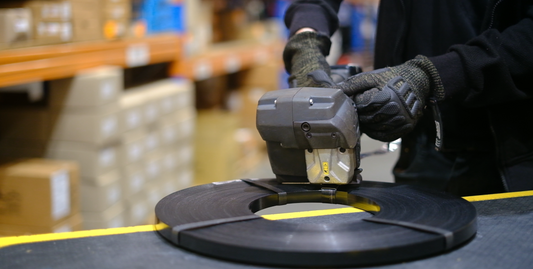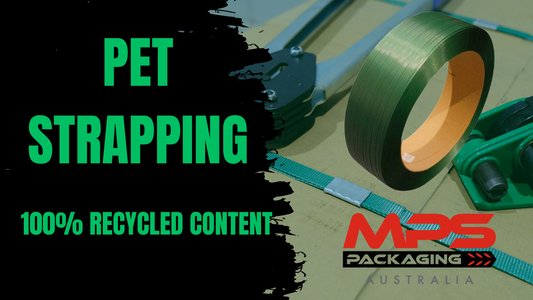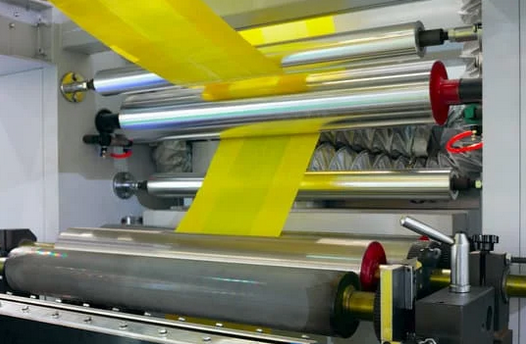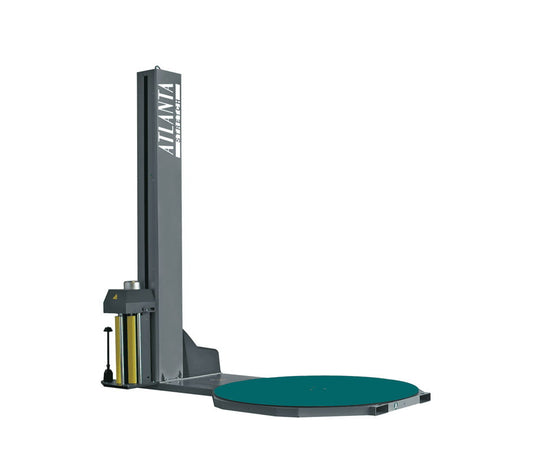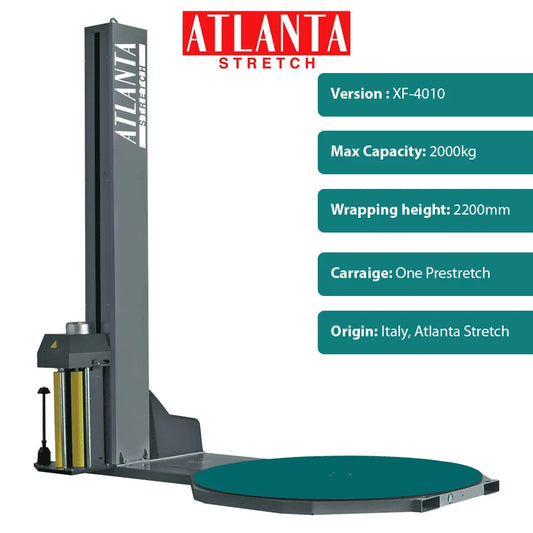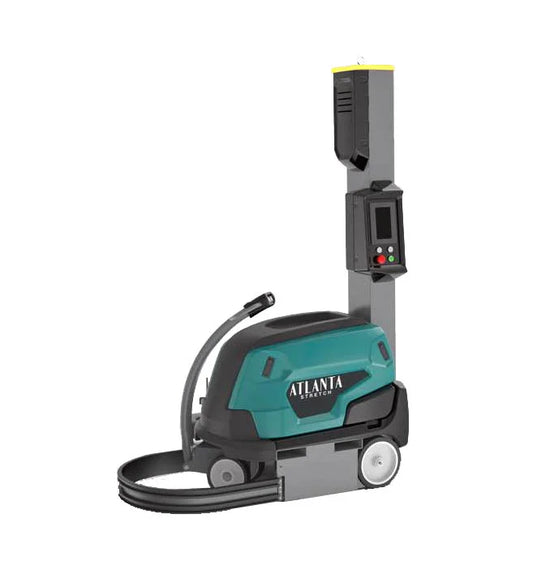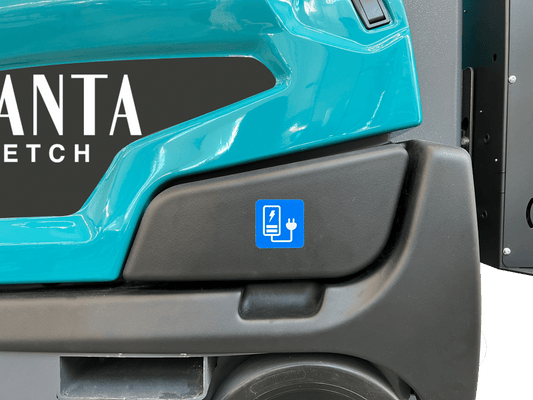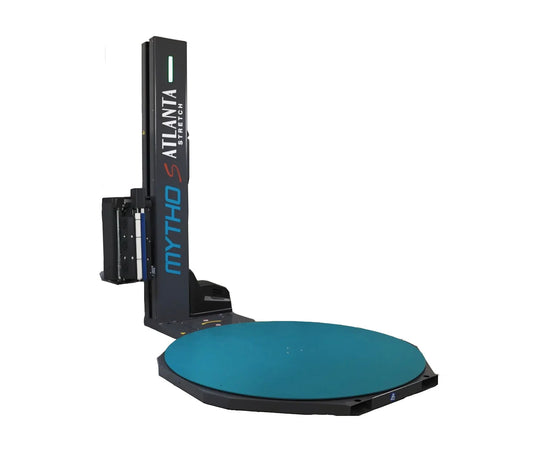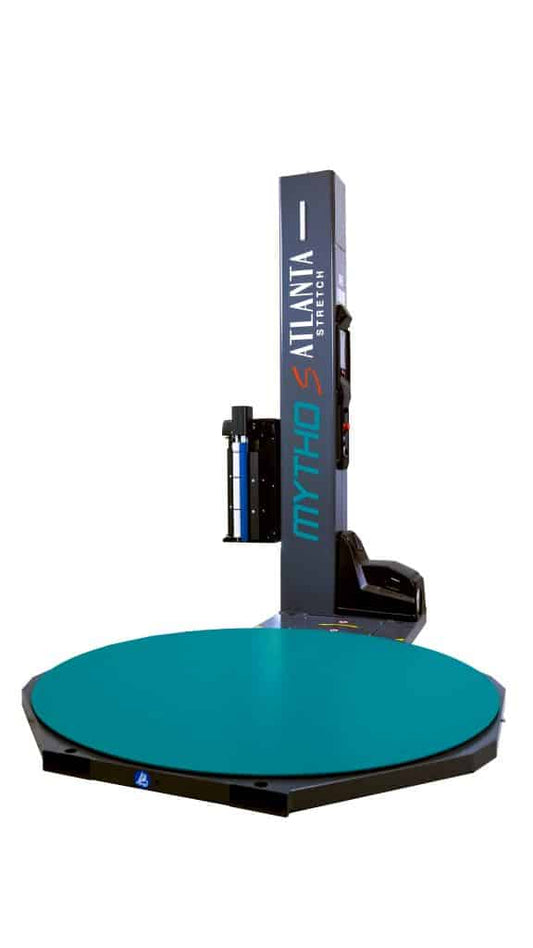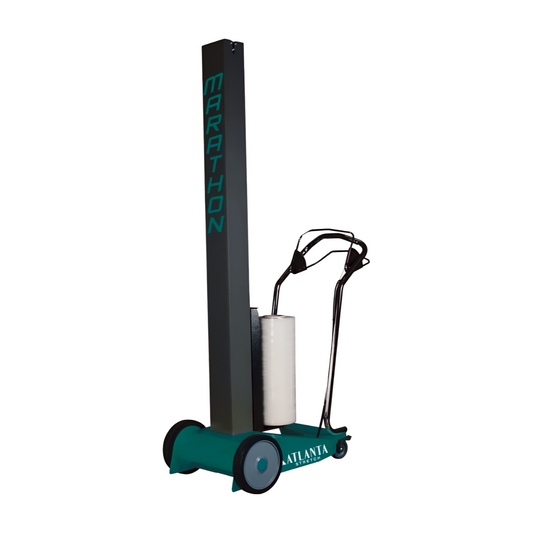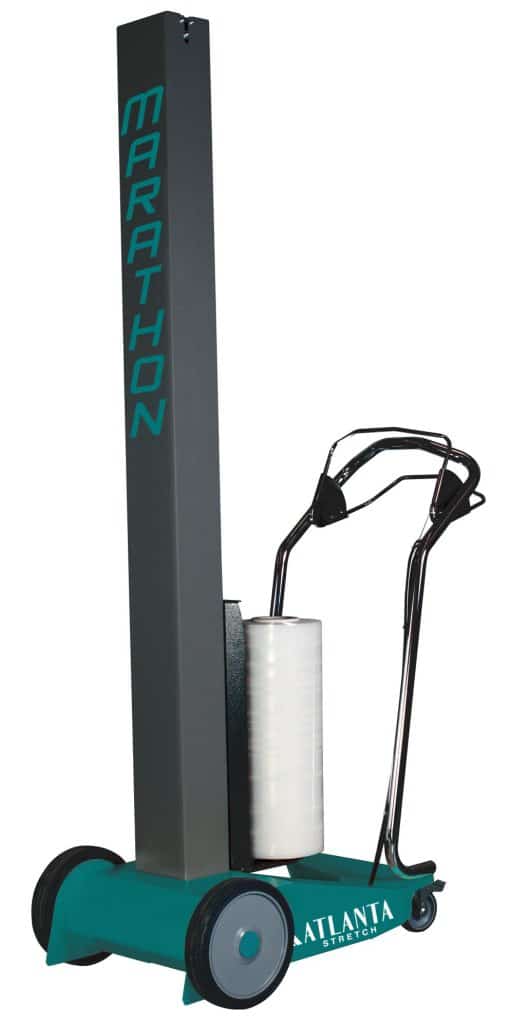In the world of packaging, the terms "stretch wrap" and "shrink wrap" often come up, especially when discussing ways to secure and protect products. While these two materials may seem similar at first glance, they serve different purposes and have distinct applications. Understanding the differences between stretch wrap and shrink wrap can help you choose the right option for your packaging needs.
What is Stretch Wrap?
Stretch wrap, also known as stretch film, is a highly elastic plastic film used primarily for securing products on pallets. Its main function is to stabilize and bundle items together, making it a crucial tool for businesses involved in shipping and warehousing.
-
How It Works: Stretch wrap is applied by wrapping it around products, using its elastic properties to tightly hold them together. The film stretches as it is applied, clinging to the items and to itself, which creates a secure package without the need for additional adhesives or heat.
-
Material: Typically made from linear low-density polyethylene (LLDPE), stretch wrap is designed to be flexible and stretchable. This allows it to conform to the shape of the items being wrapped, no matter how irregular they may be.
-
Common Uses: Stretch wrap is commonly used to stabilize loads on pallets, bundle multiple items together, and protect goods from dust and dirt during transportation and storage.
What is Shrink Wrap?
Shrink wrap, on the other hand, is a versatile packaging material that provides a tight, tamper-evident seal around products. It is often used for packaging individual items or creating multipacks of products.
-
How It Works: Unlike stretch wrap, shrink wrap is applied loosely around the product. Once in place, heat is applied, either with a heat gun or in a shrink tunnel, causing the film to shrink tightly around the item. This creates a sealed, protective layer that conforms closely to the shape of the product.
-
Material: Shrink wrap is often made from materials like polyolefin, PVC, or polyethylene. These materials are specifically designed to shrink when exposed to heat, ensuring a snug fit around the product.
-
Common Uses: Shrink wrap is widely used in the retail industry to package items such as DVDs, books, food products, and multipacks of beverages. It’s also used to protect items from moisture, dust, and tampering during transportation and storage.
Key Differences Between Stretch Wrap and Shrink Wrap
While both stretch wrap and shrink wrap are valuable packaging materials, they differ significantly in how they are applied and what they are used for:
-
Application Method: Stretch wrap is applied by stretching it around products, relying on its elastic properties to hold items together. No heat is required. In contrast, shrink wrap is applied loosely and then heated to create a tight seal around the product.
-
Purpose: Stretch wrap is mainly used for bundling and securing products, particularly on pallets. Its primary goal is to stabilize loads during shipping. Shrink wrap, however, is used to protect individual items or multipacks, providing a tamper-evident, sealed package.
-
Heat Requirement: One of the biggest differences is the need for heat. Shrink wrap requires heat to shrink and form a tight seal, while stretch wrap works without heat, using only its stretchiness to secure products.
Which One Should You Use?
The choice between stretch wrap and shrink wrap depends on your specific packaging needs. If you’re looking to stabilize and bundle products on a pallet, stretch wrap is your best bet. It’s quick, easy to apply, and doesn’t require any special equipment. On the other hand, if you need to protect individual items, create retail-ready packaging, or ensure your products are tamper-evident, shrink wrap is the way to go.
Both stretch wrap and shrink wrap are indispensable tools in the packaging industry, each with its unique benefits. Understanding their differences ensures that you choose the right material for the job, keeping your products safe, secure, and well-protected.


